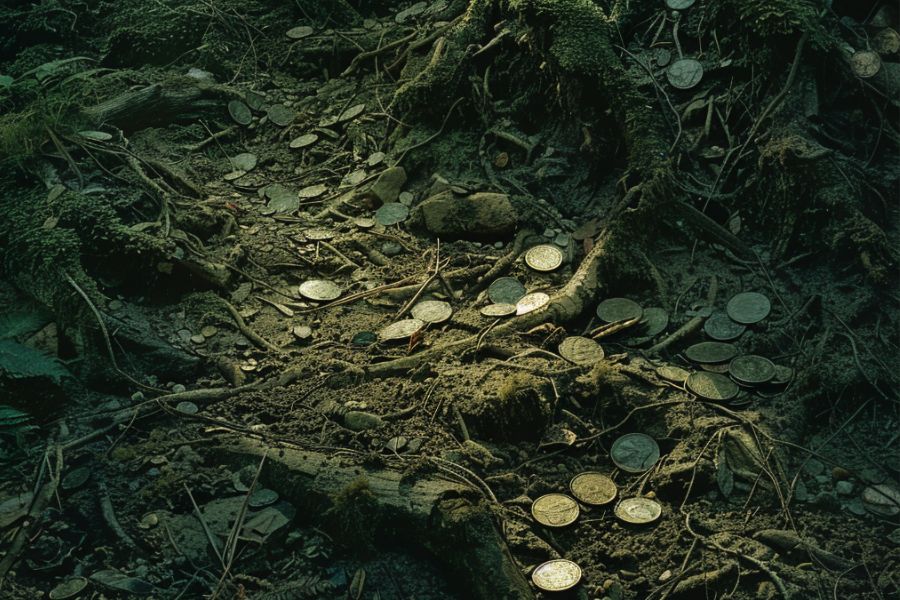Imagine standing on the banks of an old Ohio river, wondering what might be hidden beneath the ground.
For generations, people have shared stories about gold and silver lost across the state. These treasures might still be out there, waiting for someone to uncover them.
Treasure hunting is like stepping into a real-life adventure. You get to explore the forests, rivers, and small towns while following old legends and clues. It’s a fun way to connect with history and see the places you call home in a new way.
Ohio is full of treasure tales that spark curiosity. From outlaw loot to forgotten coins buried by settlers, the possibilities are endless. Who knows? You might be the one to uncover the next big find.
20 Hidden Treasures in Ohio Waiting to Be Explored
These remarkable treasures remain lost, sparking endless curiosity and excitement:
The Lost French Gold Near Minerva – $10,000,000+
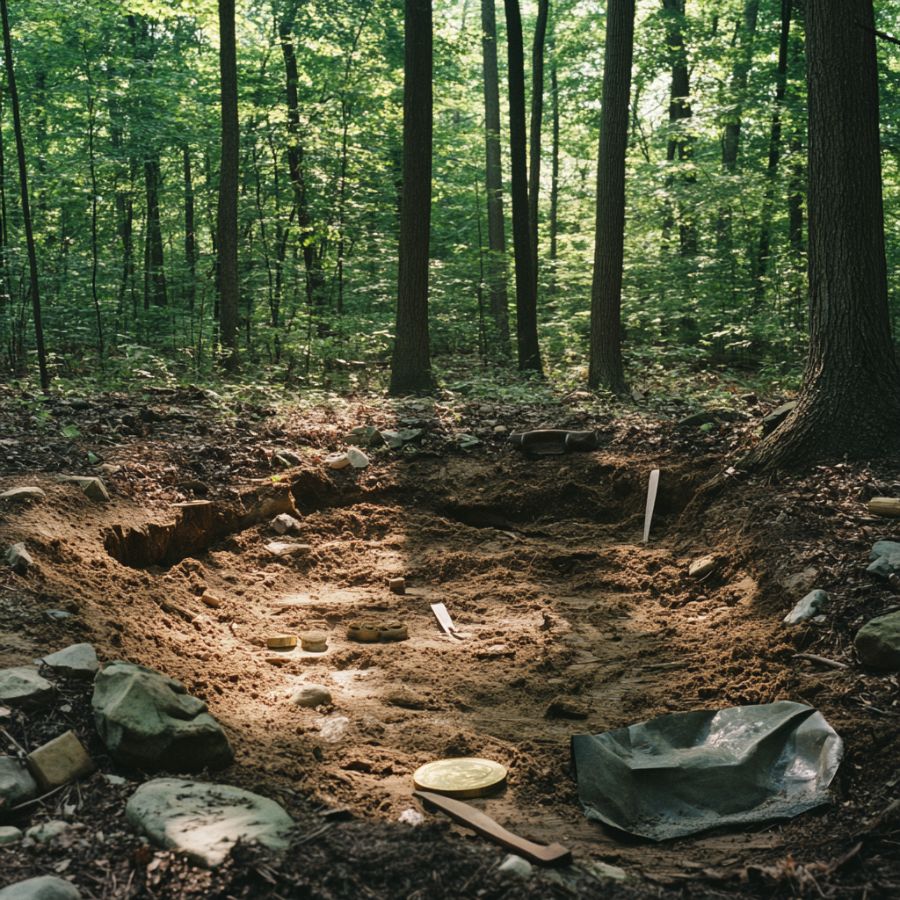
French explorers were reportedly transporting gold to fund their military efforts during a period of conflict with the British, in the mid-1700s. To protect the treasure from being captured, it is believed the French soldiers buried it in the area now known as Minerva, Ohio.
The treasure is said to consist of gold coins and bullion, with historical accounts estimating its weight at several hundred pounds. This amount of gold would have been worth a fortune at the time and was likely intended to support a critical campaign.
Some reports suggest the treasure might also include other valuables, such as silver or precious artifacts.
The gold was supposedly buried under the direction of French military officers or explorers. Though specific names are not confirmed, it is thought that a small group of soldiers was tasked with the burial.
The treasure is thought to be hidden in a remote area possibly near the banks of a river or in the surrounding woods. Over time, the precise location has been lost, but some believe it could still be buried under layers of soil or vegetation.
How much the treasure would be worth today
Considering the weight of the gold at several hundred pounds, modern gold prices suggest it could be worth over $10 million.
The Ashtabula Train Disaster Treasure – $3,000,000+
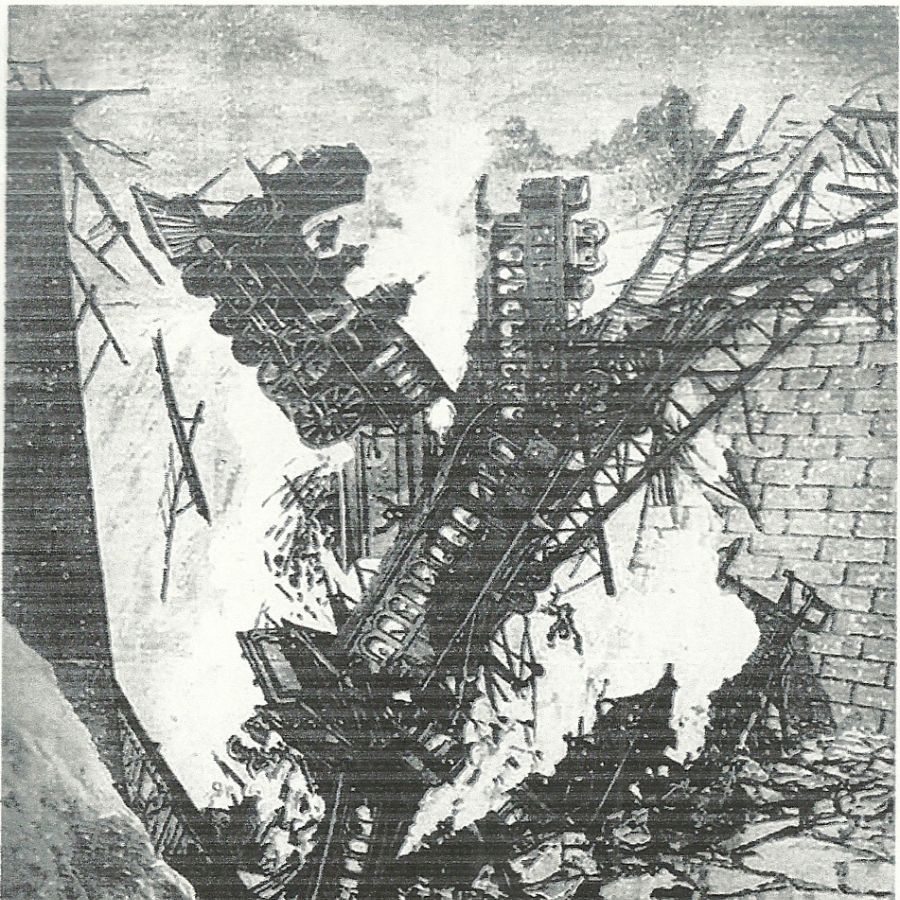
On December 29, 1876, a train carrying passengers and valuable cargo fell into the Ashtabula River when a railroad trestle collapsed. The disaster happened during a fierce blizzard, killing 92 people and making it the deadliest railroad accident in the United States in the 1800s.
Among the cargo, it was reported that the train was transporting $2 million worth of gold bullion. The tragedy and chaos of the event left the exact fate of the gold unknown.
The trestle was located approximately 1,000 feet from the old railroad station on the Lake Shore & Michigan Southern Railway. Over the years, treasure hunters have searched the area with little success, as the riverbed is now covered by layers of mud and sediment.
The train wreck occurred during the height of a snowstorm, which made rescue efforts difficult and further obscured the recovery of the cargo.
The site of the disaster is marked by a historical sign at the intersection of 32nd Street and Lake Avenue in Ashtabula, Ohio. The treasure has become part of the mystery surrounding this tragic event.
How much the treasure would be worth today
Estimates suggest the gold shipment alone could be worth over $2 million at current prices. Adding in historical artifacts and personal items could increase the value significantly, potentially exceeding $3 million.
John Dillinger’s Hidden Loot – $7,000,000+

John Dillinger, a notorious bank robber during the Great Depression, is believed to have hidden a stash of stolen money before he was killed.
Dillinger and his gang stole over $300,000 from multiple banks between 1933 and 1934. According to reports, he buried part of his loot in a location he thought would be safe.
The hidden treasure is said to include cash and possibly other valuables taken during his robberies. Witnesses claimed Dillinger carried large sums of stolen money, and he was known to hide his takings in remote areas to avoid capture.
Dillinger himself is thought to have hidden the loot, possibly near his family farm in Mooresville, Indiana, or in other rural locations. Some believe he buried it shortly before his death in July 1934.
Dillinger was ambushed and killed by federal agents outside the Biograph Theater in Chicago, leaving the treasure lost to time.
How much the treasure would be worth today
The treasure could be worth over $7 million today.
Shawnee Silver Along the Little Miami River – $1,000,000+
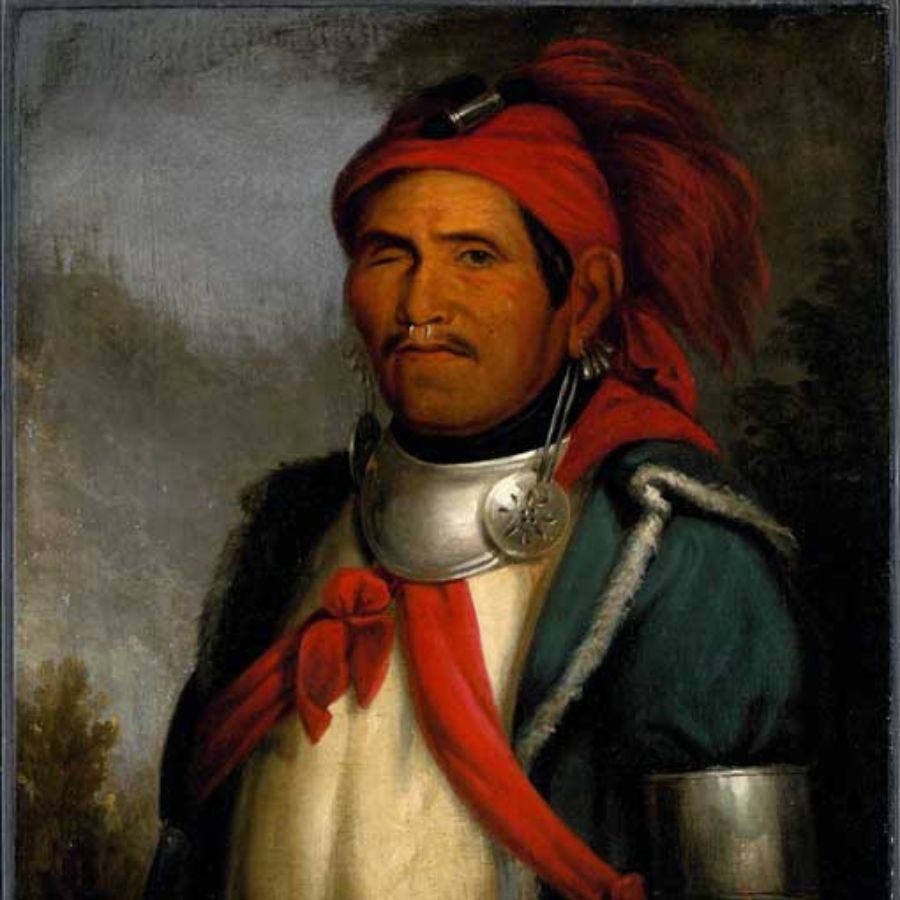
The Shawnee Silver is believed to be a hidden treasure left by the Shawnee people along the Little Miami River in Ohio.
The treasure is said to include silver coins, ingots, and possibly other valuable items. These were likely hidden to safeguard the wealth of the Shawnee people as settlers expanded into their territory.
Stories about this treasure often mention it being part of the Shawnee’s efforts to protect their resources during forced relocations and skirmishes.
The Little Miami River valley, with its dense forests and rugged terrain, provided an ideal location for concealing the treasure. The exact spot remains unknown, though some believe it is buried near a cave or under a large rock formation along the river.
How much the treasure would be worth today
With modern silver prices and its historical value, the treasure could be worth over $1 million today.
Turkeyfoot Creek Indian Treasure – $5,000,000+
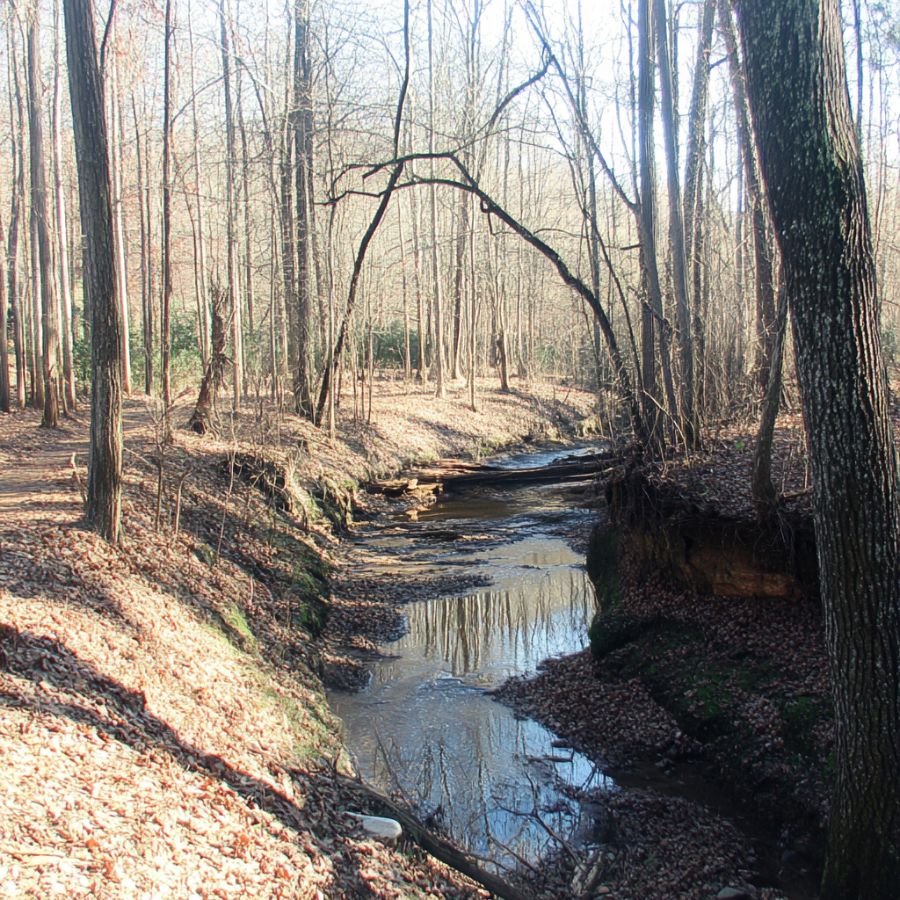
During the late 1700s and early 1800s, tribes in the area were involved in battles and forced to protect their resources from encroaching settlers and military forces. It is thought that they buried treasures to safeguard their wealth and keep it out of enemy hands.
The hidden treasure is said to include silver, gold, jewelry, and ceremonial items. Some accounts suggest that the treasure also contains rare artifacts of cultural significance.
Leaders of the tribes may have directed the burial of the items. Specific names have not been confirmed, but the area’s tribal presence is well-documented.
The treasure is thought to be buried along Turkeyfoot Creek, which runs through parts of Fulton and Henry Counties in Ohio. The exact location remains unknown, though some speculate it could be near an old village site or under distinctive landmarks like large rocks or ancient trees.
How much the treasure would be worth today
The Turkeyfoot Creek Indian Treasure could be worth $5 million today.
The Fort Recovery Treasure – $1,000,000+
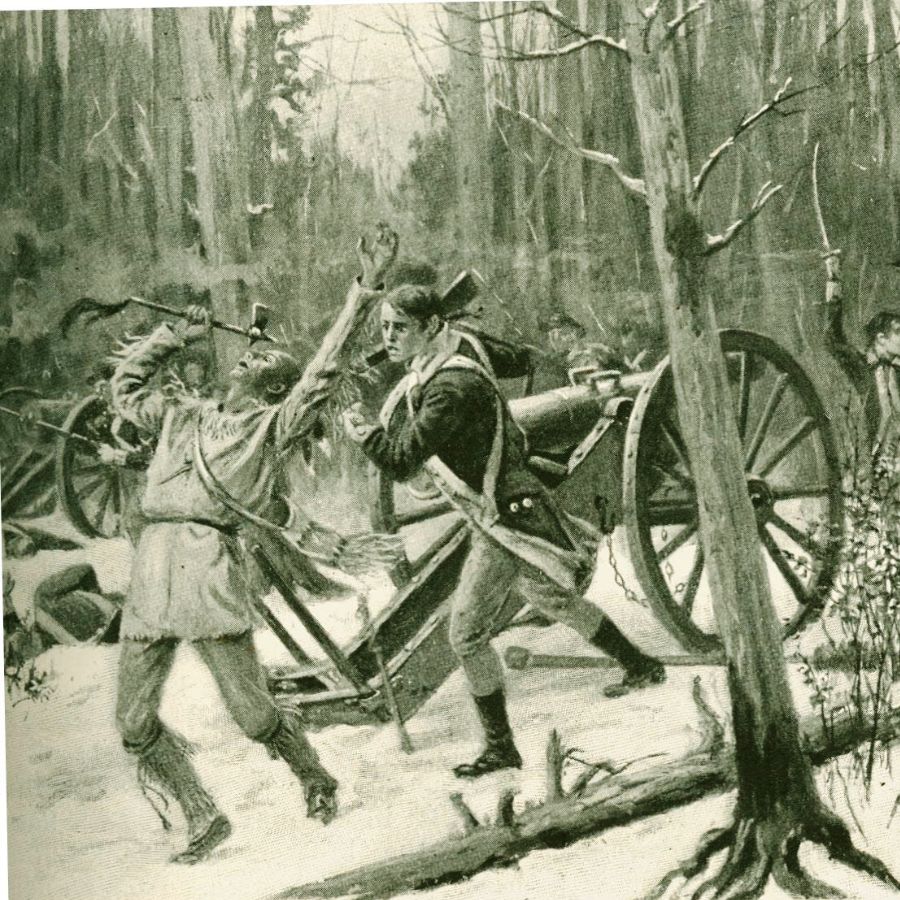
The Fort Recovery Treasure is believed to be a buried military payroll chest from 1791. During St. Clair’s Defeat, one of the worst losses for the U.S. Army, soldiers reportedly hid the chest to keep it from being captured by Native American forces. The chaos of the battle left the chest abandoned and its location forgotten.
The chest may have contained gold or silver coins, as these were commonly used for military payments at the time. Its exact contents remain uncertain, but it would have been valuable enough to warrant protection during the battle.
The chest was likely buried by U.S. Army soldiers under the command of General Arthur St. Clair. They were retreating after being overwhelmed by a coalition of Native American warriors led by Chief Little Turtle and others.
The treasure is believed to be hidden near the site of Fort Recovery in present-day Mercer County, Ohio.
How much the treasure would be worth today
The Fort Recovery Treasure today could be worth over $1 million.
Pirate Booty Along the Ohio River – $4,000,000+

Pirates were known to operate along the Ohio River during the early 1800s, using the waterway to raid and plunder passing boats. It is believed that one group of river pirates buried a stash of stolen treasure near Cheshire, Ohio.
The hidden treasure is thought to include gold coins, silver bars, and other valuable items taken from boats traveling the river.
Pirates often targeted shipments of goods and money, making their plunder substantial. Some stories suggest the cache could also include jewelry or other luxury goods.
The treasure is believed to have been hidden by a pirate crew operating in the area, possibly led by river pirate Samuel Mason or one of his associates. Mason was a notorious outlaw known for his activities along the Ohio and Mississippi Rivers.
How much the treasure would be worth today
The treasure might be valued at over $4 million.
Morgan’s Raiders Gold $5,000,000+
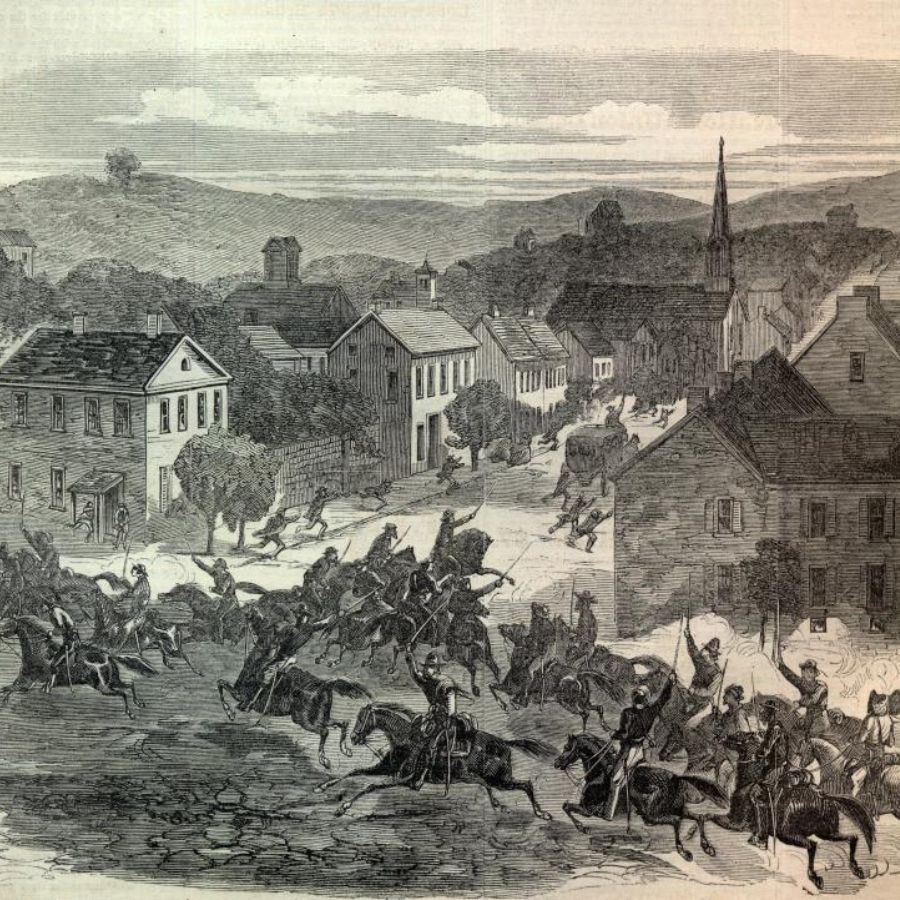
Morgan’s Raiders Gold refers to a treasure believed to have been buried by Confederate soldiers during the Civil War.
In 1863, General John Hunt Morgan led his men on a daring raid across Indiana and Ohio. As Union forces closed in, it is said that Morgan’s men buried a cache of gold and other valuables to lighten their load and avoid capture.
The hidden treasure is thought to include gold coins, jewelry, and other valuables seized during the raid. These items were likely taken from banks, businesses, and local citizens as Morgan’s men traveled through the region. Some stories suggest the cache also contained weapons or other supplies.
The location is thought to be somewhere near the route of their retreat in southern Ohio, possibly in a secluded wooded area or near a riverbank.
Specific sites mentioned include areas around Buffington Island or Zanesville, where Morgan’s forces were eventually captured.
How much the treasure would be worth today
Based on estimates of the gold and valuables taken during the raid, the treasure might be valued at over $5 million. Its historical connection to the Civil War would make it an even more valuable discovery.
Fort Defiance Military Payroll – $2,000,000+
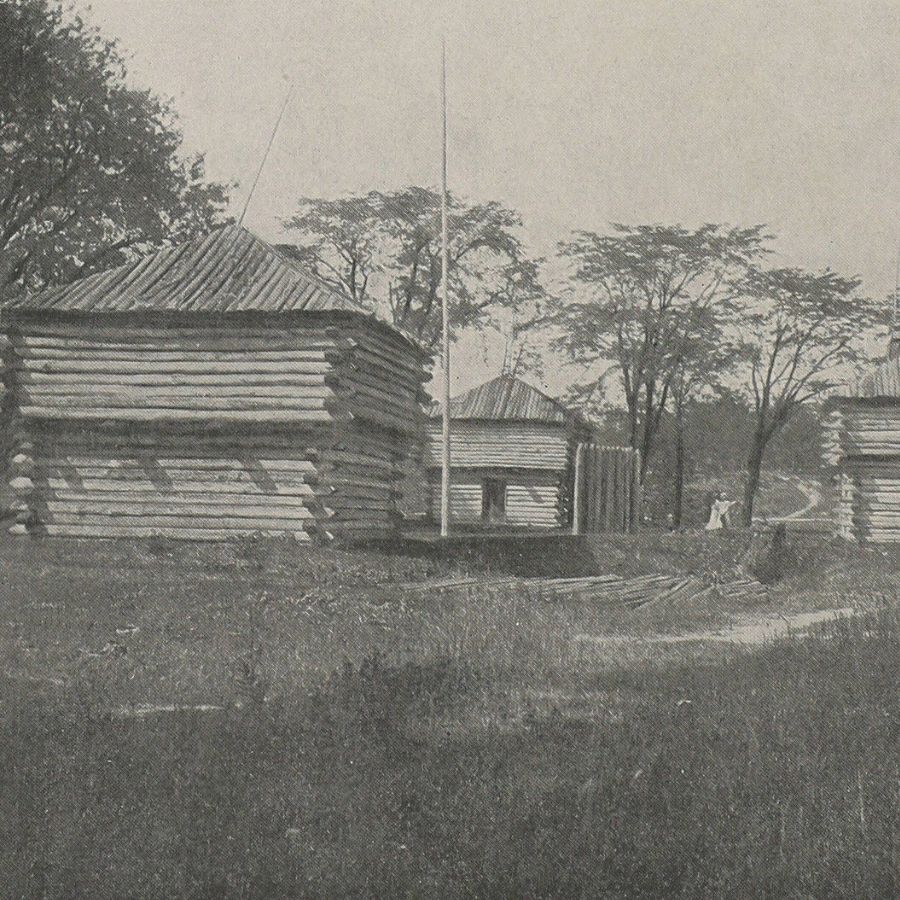
Fort Defiance, located in present-day Defiance, Ohio, was a key stronghold for U.S. forces during campaigns against Native American tribes. During a period of conflict, soldiers carrying a military payroll reportedly buried it to protect it from enemy capture.
The payroll is believed to have been hidden by U.S. Army personnel, possibly under the direction of General Anthony Wayne, who led the campaign in the region. Soldiers may have buried the payroll near the fort or along a route leading to it.
Fort Defiance was strategically located at the confluence of the Maumee and Auglaize Rivers, making the surrounding area a likely hiding place.
The payroll was likely buried in the 1790s, during or shortly before the construction of Fort Defiance in 1794.
How much the treasure would be worth today
The Fort Defiance Military Payroll could be worth $2 million today.
Zane’s Trace Pioneer Treasure – $3,000,000+
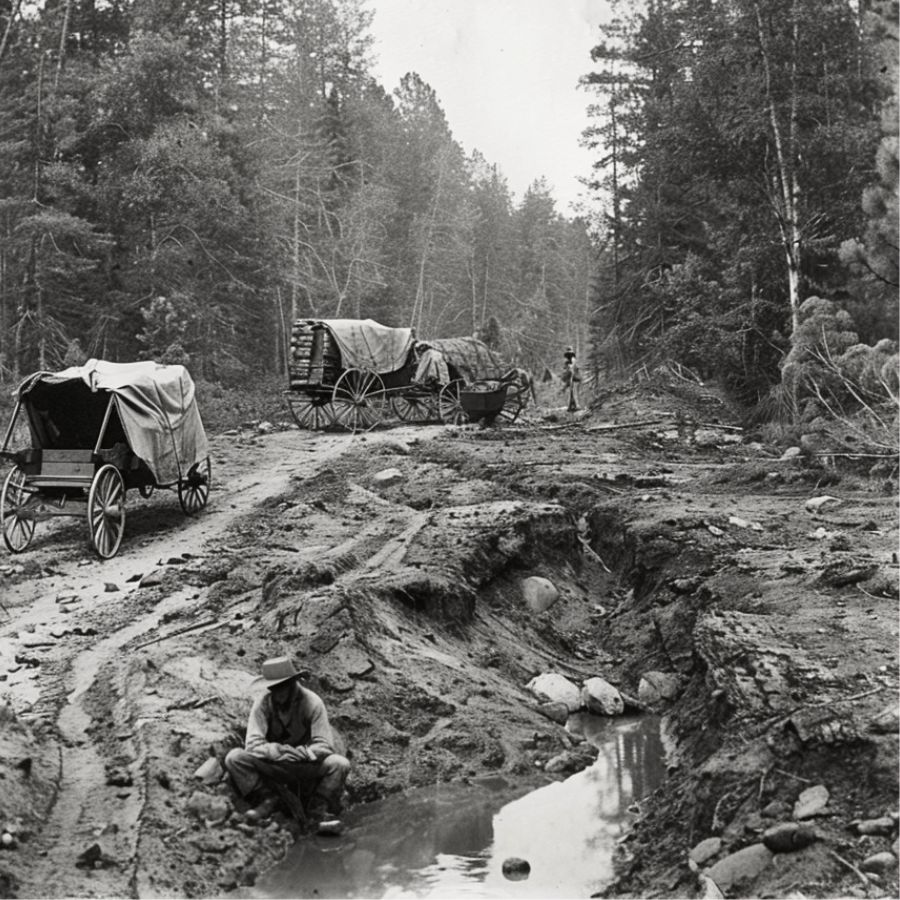
Zane’s Trace, a historic road built in the late 1700s, served as a critical route for pioneers moving westward.
During its construction and use, pioneers and settlers traveling the road were said to have hidden their valuables to protect them from theft or attacks.
The road stretched from Wheeling, West Virginia, to Limestone, Kentucky, passing through what is now Ohio. Specific hiding spots are believed to be near natural landmarks along the route.
Many of these treasures were never recovered, as their owners often moved on or perished.
How much the treasure would be worth today
The Zane’s Trace Pioneer Treasure could be worth over $3 million today.
Buried Treasure in Ohio’s Ghost Towns – $1,000,000+
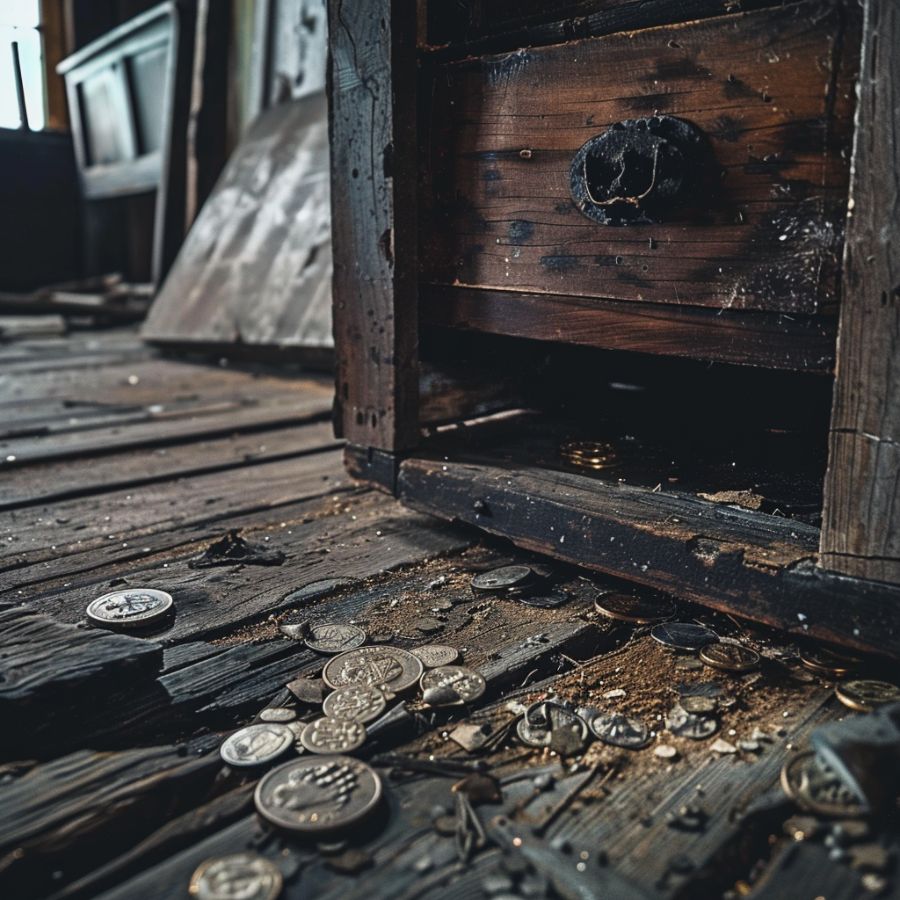
Ohio’s ghost towns, abandoned during the 19th and early 20th centuries, are believed to be home to buried treasures left behind by their former residents.
As towns were deserted due to economic decline, shifting industries, or new transportation routes, people often buried their valuables for safekeeping. Many of these treasures were never retrieved as families moved away or passed on.
The exact contents of the caches vary, but they represent the wealth of families trying to protect their livelihoods.
Towns like Moonville, Newville, and Floodwood are among the locations where valuables might be buried. Hiding places were often chosen near homes, wells, or other familiar landmarks, making them easier to retrieve later.
How much the treasure would be worth today
The estimated worth of the treasure could exceed $1 million, but this is just an estimate based on the potential value of the items hidden. The actual worth could vary depending on the quantity and condition of the coins, jewelry, or other artifacts found.
Mound Builders’ Relics – $2,000,000+

The Mound Builders were ancient indigenous peoples who constructed large earthworks across the Ohio Valley thousands of years ago. Early settlers reported finding valuable items, including jewelry and tools, within some of these mounds.
The hidden relics are thought to include gold and copper ornaments, carved stone tools, and pottery. Some accounts suggest the mounds also held ceremonial objects, such as effigy carvings and trade goods acquired from distant regions.
These items reflect the sophisticated culture and trade networks of the Mound Builders.
The treasures were created and buried by the Mound Builders, whose descendants are believed to include tribes such as the Shawnee and Cherokee. The Hopewell and Adena cultures, known for their mound-building, were prominent in the Ohio Valley.
Relics are thought to be hidden in undisturbed mounds throughout Ohio, particularly near Chillicothe and Newark.
How much the treasure would be worth today
The value of the Mound Builders’ relics depends on their condition and rarity. Individual items, such as gold or copper ornaments, could be worth tens of thousands of dollars each. The total worth of undiscovered relics could exceed $2 million.
Cave Hoard Near Scioto River – $1,500,000+
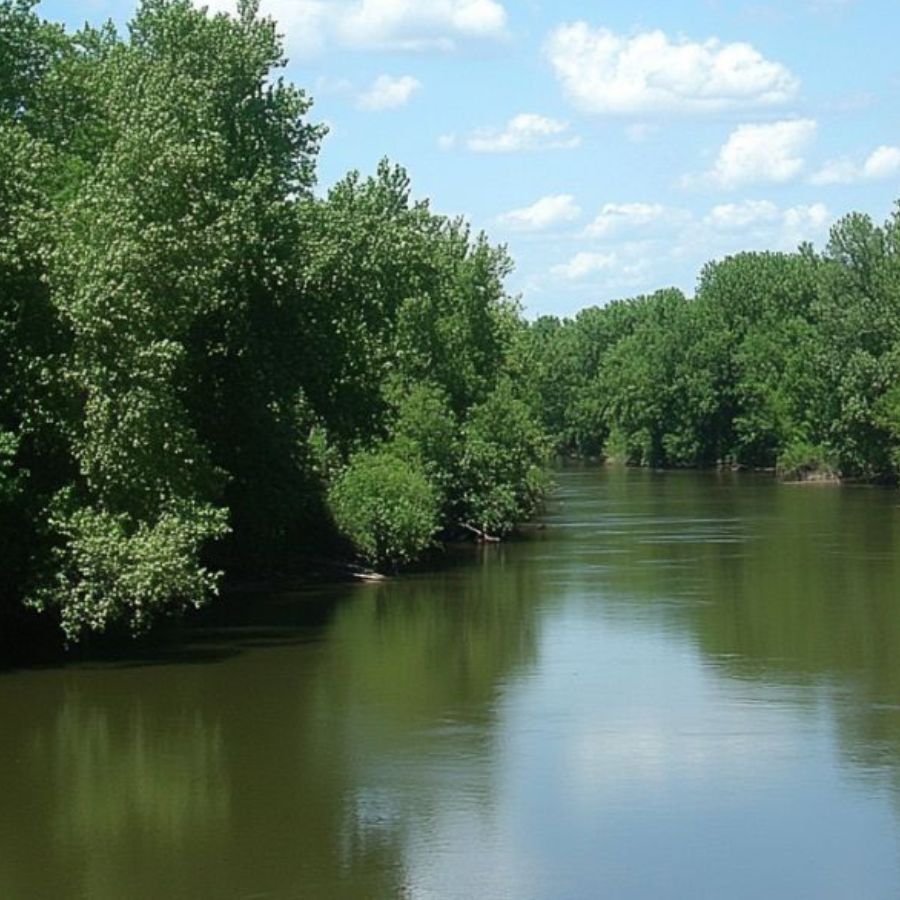
The Cave Hoard near the Scioto River is believed to be a hidden treasure left by settlers or traders in the early 1800s.
According to local accounts, a group of travelers sought refuge in a cave along the river and decided to hide their valuables. These items were never retrieved, leaving the treasure lost to time.
Specific names of the individuals are not recorded, but they may have been pioneers, merchants, or fur traders.
With the growing presence of bandits and the dangers of the frontier, burying valuables was a common practice. Over the years, the location of the hoard has remained a mystery, and treasure hunters continue to search for it.
How much the treasure would be worth today
If the Cave Hoard near the Scioto River were discovered today, the treasure might be valued at over $1.5 million.
Lost Silver Mines Near Zanesville – $10,000,000+
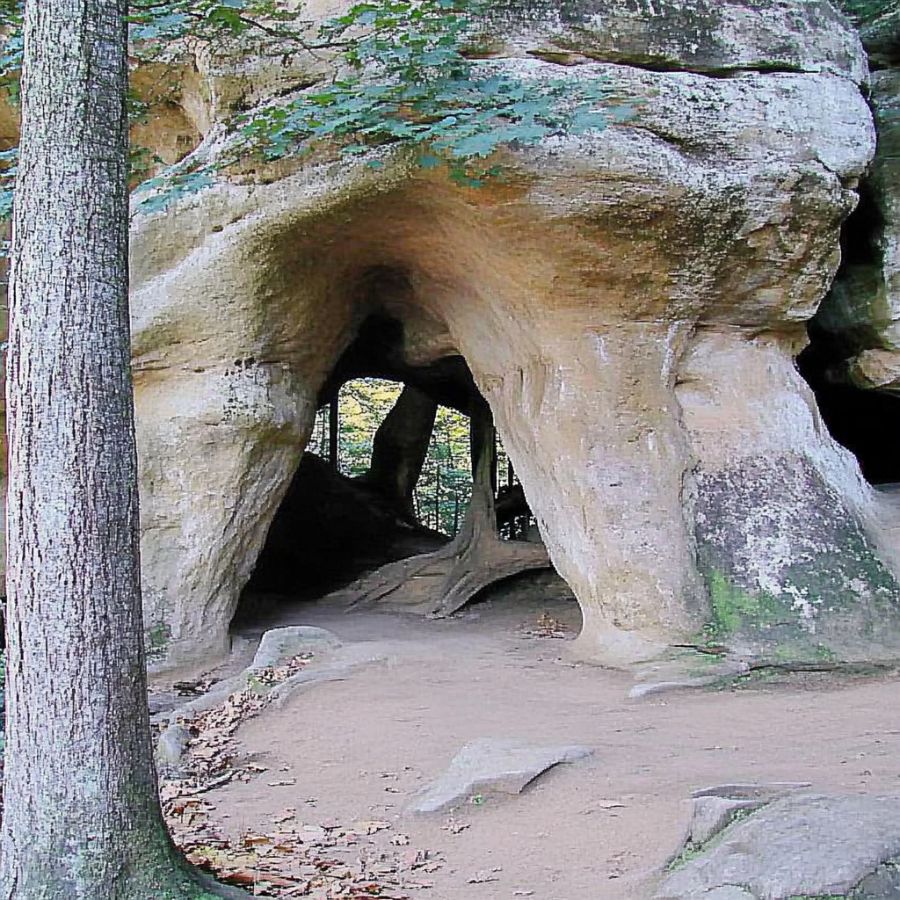
The Lost Silver Mines near Zanesville, Ohio, are part of a long-standing mystery involving stories of rich veins of silver discovered in the area.
In the late 1700s or early 1800s, settlers and traders traveling through the region spoke of finding silver deposits but failed to map or record their locations. These accounts have sparked numerous searches, though no mines have been confirmed.
Silver was a highly sought-after resource during the time, making these mines valuable to anyone who discovered them. The potential yield of these mines remains unknown but is believed to be substantial.
The mines are believed to be located in the hills or forested areas near Zanesville, though the exact locations have been lost over time.
With limited technology and ongoing conflicts, the prospectors may have abandoned the mines for safety or lack of resources.
How much the treasure would be worth today
The hidden treasure’s value would depend on the size and purity of the silver deposits. Based on current silver prices, even a modest deposit could be worth over $10 million.
Johnny Appleseed’s Treasure – $2,000,000+

Johnny Appleseed, whose real name was John Chapman, was a legendary figure known for planting apple orchards across the American frontier in the early 1800s. He was also known to carry and save money from selling apple seeds and land deeds.
Stories suggest that he buried a portion of his wealth in various locations to keep it safe during his travels.
Johnny Appleseed was a frugal man who avoided banks and preferred to hide his money in places he could easily access later. The exact amount and contents of his buried stash remain unknown.
Johnny Appleseed himself is believed to have hidden the treasure during his travels through Ohio, Indiana, and Pennsylvania. Some accounts place the treasure near old orchards he planted or close to areas he frequently visited.
Locations such as Mansfield, Ohio, or Fort Wayne, Indiana, have been mentioned as possible hiding spots.
How much the treasure would be worth today
The treasure might be worth over $2 million. Its connection to an iconic American figure could add further value to collectors and historians.
Buried Coins in Clermont County – $200,000+
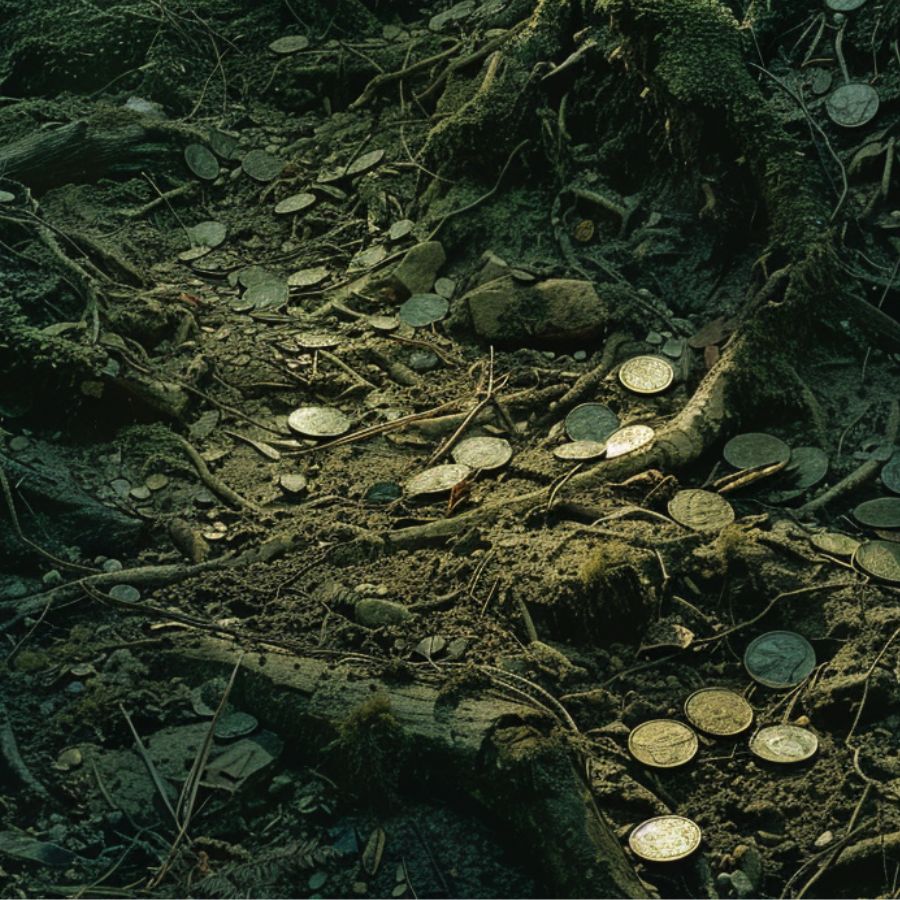
In Clermont County, Ohio, there is a legend about buried treasure related to Washington Good, who was found dead at the age of 65 behind his residence in Monterey.
It is believed that Good hid large sums of money around his property. The exact amount and nature of the treasure are not well-documented.
The treasure is believed to be hidden somewhere on Good’s former property in Monterey, Clermont County. However, specific locations or landmarks have not been confirmed, making it difficult for treasure hunters to pinpoint the exact spot.
Over the years, various searches have been conducted, but none have yielded substantial results.
How much the treasure would be worth today
Assuming it was a large sum of gold or silver coins, it could be worth tens of thousands of dollars. For example, if Good had hidden $10,000 in gold coins, considering inflation and the rise in gold prices, it could be worth around $200,000 today.
The Hanging Rock Iron Treasure – $2,000,000+
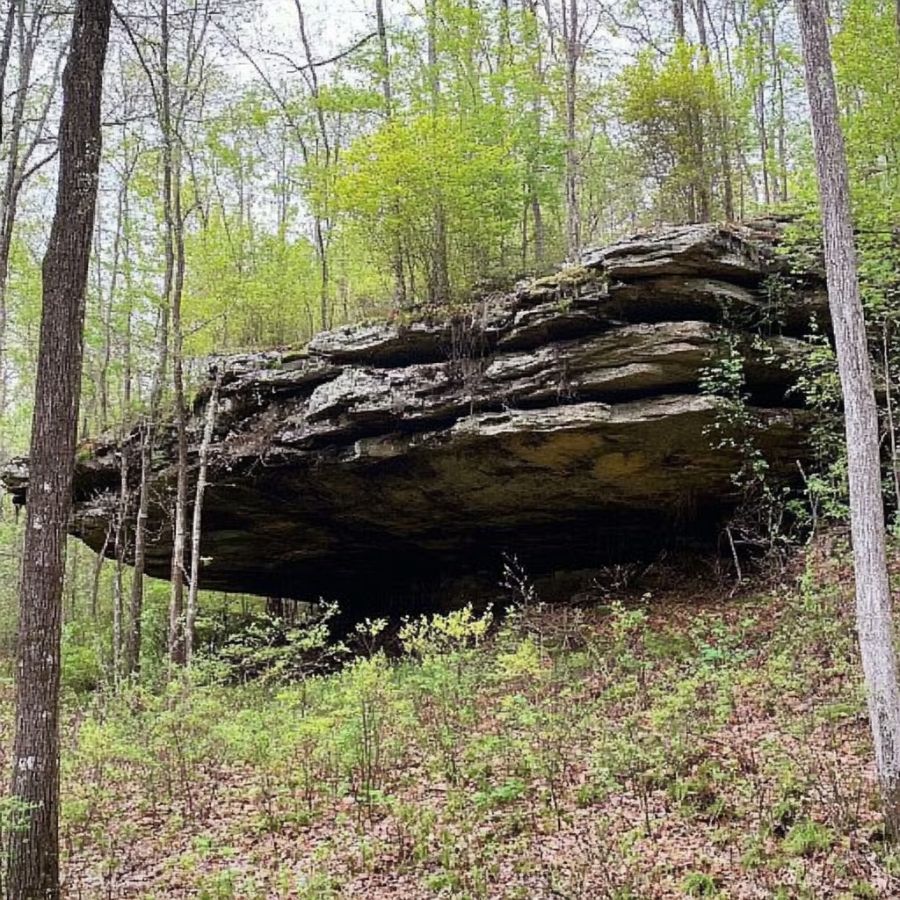
The Hanging Rock Iron Treasure is a legendary hidden fortune believed to have been buried in the 19th century. Stories suggest it was hidden during the Civil War era to keep it safe from raiding forces.
The treasure has captured the imagination of treasure hunters for over a century. It is said to include gold coins, silver bars, and other valuable items.
Many accounts claim it could also hold rare historical artifacts. These items are thought to be locked inside an iron chest, hence the name “Iron Treasure.”
The treasure is believed to have been hidden by Confederate soldiers or loyal supporters. Some stories name Captain James C. Wilson, a Confederate officer, as a key figure in the treasure’s burial. The exact identity of those involved remains a mystery.
How much the treasure would be worth today
The treasure’s total value today could easily exceed $2 million.
The Sunken Treasures of Lake Erie – $10,000,000+
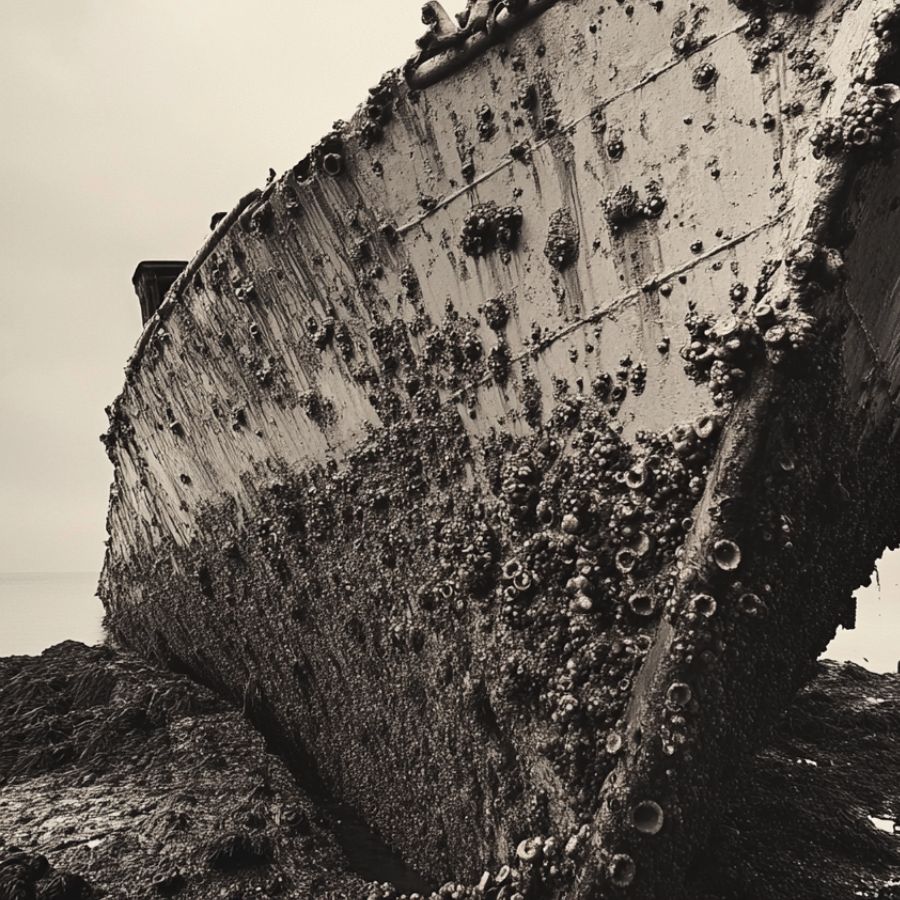
The Sunken Treasures of Lake Erie refer to treasures that were likely hidden or lost between the 1700s and the late 1800s. This was a time when Lake Erie was a vital trade and military route.
Merchants, explorers, and even privateers are believed to have been responsible for these lost riches.
One notable figure is Commodore Oliver Hazard Perry, who commanded naval forces on Lake Erie during the War of 1812. Although his fleet’s treasure has not been confirmed, stories suggest valuable items might have been lost during battles.
The treasures are thought to be scattered across the lakebed of Lake Erie. Some believe specific locations near Cleveland, Ohio, or the islands of the lake could hold significant wrecks.
However, the sheer size and depth of the lake make locating these treasures a challenge.
How much the treasure would be worth today
The Sunken Treasures of Lake Erie could be worth $10 million today.
The Captain Brady Treasure – $3,000,000
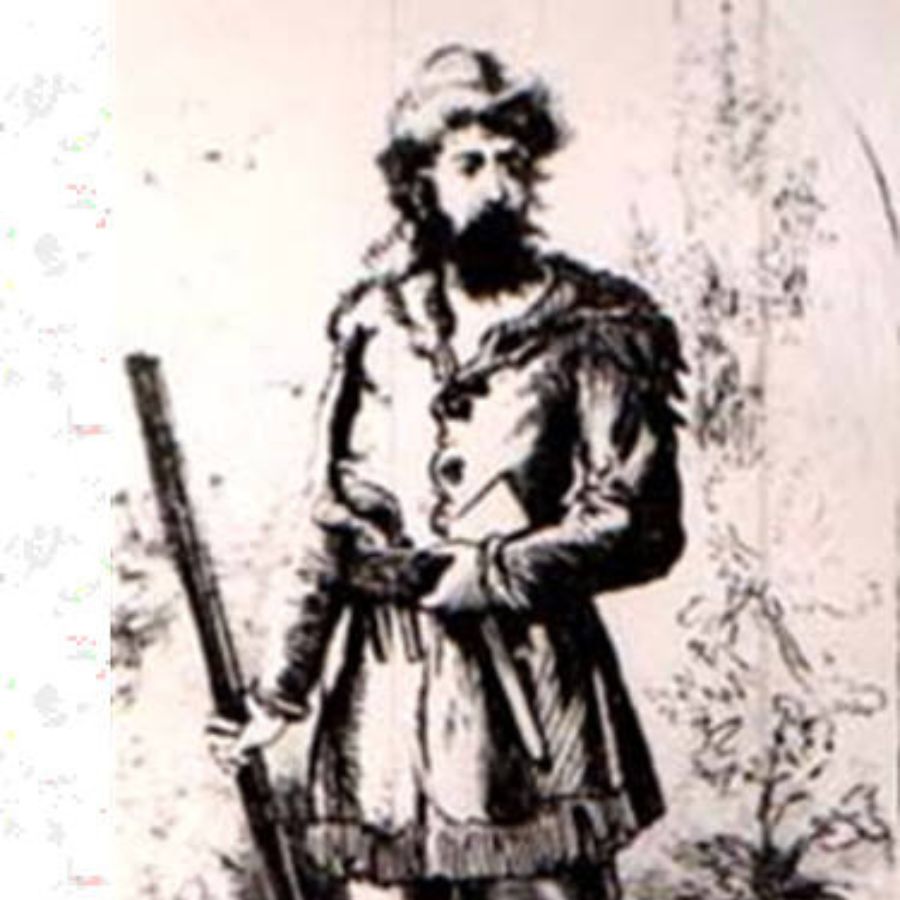
Captain Samuel Brady was a skilled scout and fighter, known for his bravery during the American Revolution and conflicts with Native American tribes. He often used his knowledge of the wilderness to outwit his enemies, making him capable of hiding treasures in hard-to-find locations.
The treasure is thought to be hidden near Brady’s Leap, a site along the Cuyahoga River in Ohio. This area is named after Brady’s famous escape, where he reportedly leaped across the river to evade capture.
The treasure was likely hidden in the late 1700s, during a period of intense frontier conflict. This was a time when settlers and soldiers faced constant threats from Native American tribes and rival forces.
Brady’s decision to hide the treasure would have been a precaution during these dangerous times.
How much the treasure would be worth today
The Captain Brady Treasure could be worth a significant amount. Experts estimate its value at $3 million.
Hocking Hills Treasure – $100,000
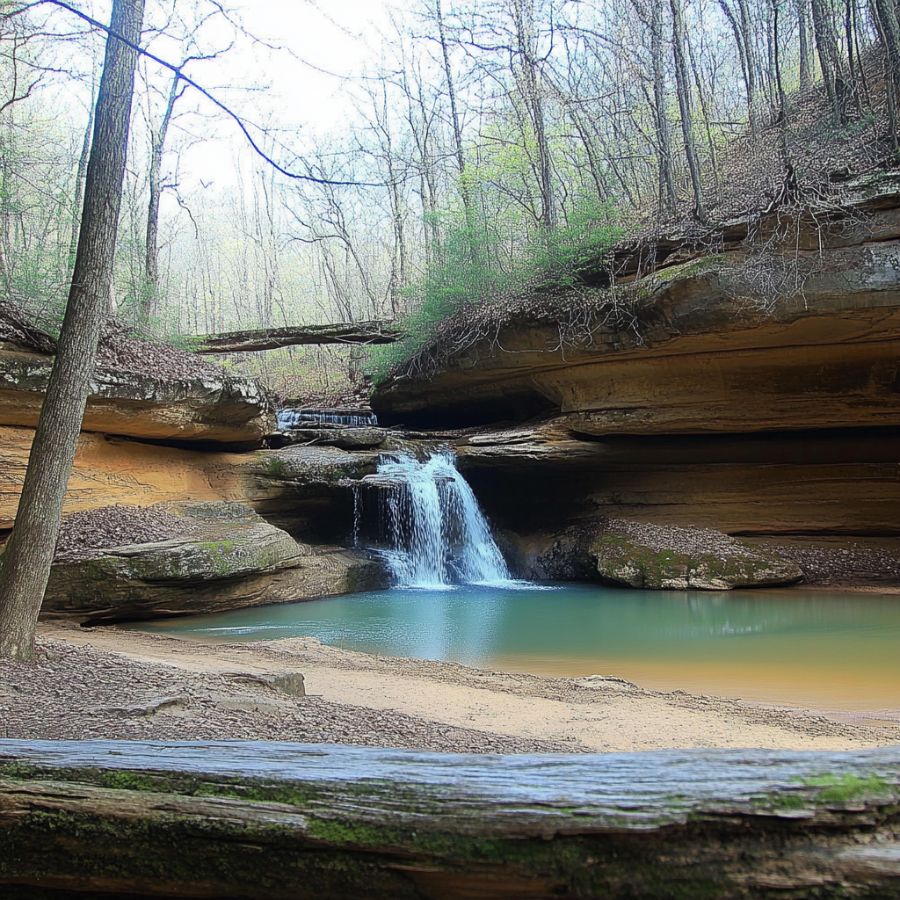
Hocking Hills is known for its natural beauty and historical significance, but it also has a legend about hidden treasure.
According to local legend, a hermit named Richard Rowe, a trapper from Tennessee might have buried his savings in the area around a cave known as the Old Man’s Cave. This legend suggests that Rowe’s treasure could still be hidden there.
The treasure is believed to be Rowe’s savings, which he allegedly buried over the years. There is no specific information about what exactly is hidden, but it is thought to be gold or other valuable items.
Rowe was known to be a recluse who lived in the area, and his accidental death led to his body being buried by other woodsmen. The story of his hidden treasure remains a popular tale among locals and visitors.
How much the treasure would be worth today
A rough estimate might place the treasure’s worth at around $100,000, considering the historical significance and potential value of the items buried.

